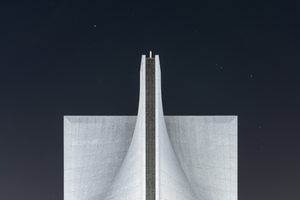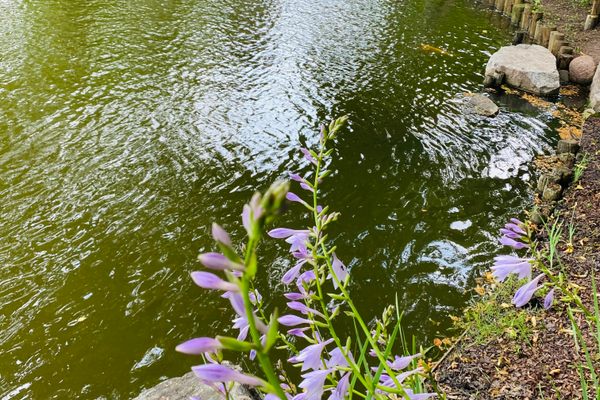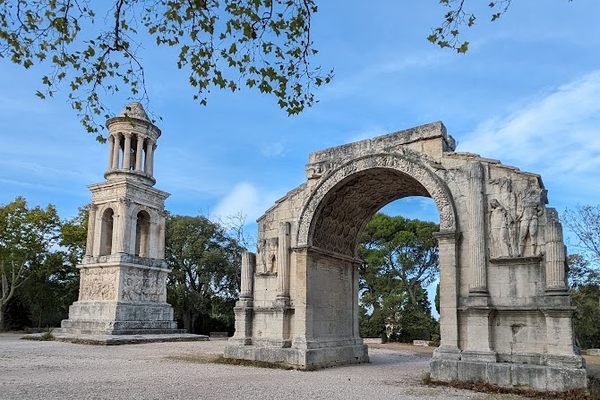About
Very little remains of the extraordinary Midwinter Exposition installation of 1894. The brainchild of the San Francisco Chronicle's publisher Michael de Young, who had been inspired and delighted by the White City of Chicago's 1893 World's Columbian Exposition, San Francisco's first World's Fair was executed from dream to reality in less than six months.
The center of the fair was in the area now known as the Music Concourse, then nearly unrecognizable except for the general contours. At its center, an Eiffel-Tower-inspired Electric Tower rose 266 feet, offering intrepid climbers a bird's eye view of the fair and the early park.
The fair buildings represented various exotic cultural and architectural influences, from minarets and Indian fantasies to Spanish mission style. Tree-loving park superintendent John McLaren was reportedly none too thrilled about the hijacking of his new parkland for commercial venture, but he begrudgingly relented.
The fair opened on January 27, 1894 on 160 acres at the park's center, dubbed The Sunset City. 180 buildings had been constructed in record time to showcase all of California's counties as well as selected foreign countries and other states.
Today, the legacy of the Midwinter Exposition can be seen in a few places, if you know where to look:
The Japanese Tea Garden is perhaps the most impressive, lasting reminder of the splendors of the 1894 fair. Although changed over the course of its century-plus history, it still retains the charms of the original installation.
The taxidermied remains of Monarch, William Randolph Hearst’s captive grizzly bear and star of the exposition, are no longer on public display, but are kept in the archives at the California Academy of Sciences. The spot where his enclosure once stood is now marked by the Druid Circles.
The Roman Gladiator statue and the Cider Press statue, located on the edge of the music concourse basin both date to the fair.
The Dore Vase, also on display, was brought from the Chicago fair to San Francisco by de Young personally. The enormous vine covered vase can still be found on display in front of the de Young Museum.
Related Tags
Community Contributors
Added By
Published
July 27, 2011
Sources
- http://www.sanfranciscomemories.com
- http://en.wikipedia.org/wiki/California_Midwinter_International_Exposition_of_1894
- Christopher Pollock; “San Francisco’s Golden Gate Park - A Thousand Acres of Stories” 2001, West Winds Press
- http://www.foundsf.org/index.php?title=The_1894_Midwinter_Fair_in_Golden_Gate_Park































